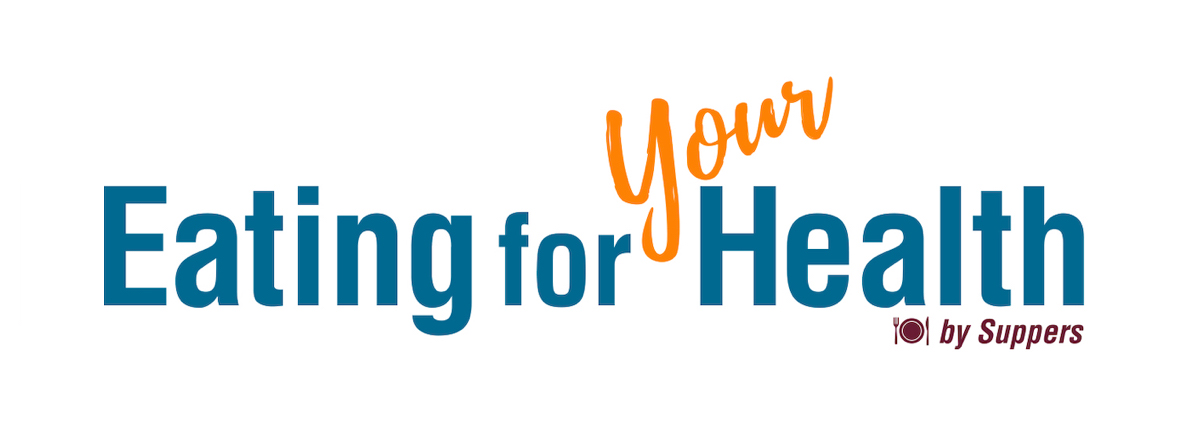“Treats and Triggers” is an important concept at Suppers because we want people to experience as much pleasure as possible from eating without triggering themselves.
Definitions
A treat is something you eat and really enjoy that does not precipitate more eating or other unwanted behavior. Having it feels good, not gleeful.
A trigger is something you eat that does precipitate more eating or other unwanted behavior. It feels like a tripwire or compulsion.
Exercise for Facilitators
Go once around the room with no crosstalk, with each person sharing thoughts on treats and triggers; then open the discussion. Here are some prompts to get the thoughts flowing:
- Identify foods or beverages that you know are always triggers -- i.e., no matter what the circumstances, if you get some, it will trigger unwanted eating or other behavior, like a drink for an alcoholic or chocolate for a chocoholic.
- Identify foods or beverages that feel like treats -- you really enjoy them and they are always “safe” for you. Fresh berries, or one scoop of ice cream or one glass of wine for someone who is not an alcoholic.
- Identify circumstances that blur the lines for you. For example, if you can enjoy one cookie when you’re calm and happy but can’t control it if you have cookies after an argument or disappointment, it’s data. It means in times of stress (just when you’d like to comfort yourself) the need to refrain is greater than normal; a cookie becomes a trigger. We’ll talk more about this when we study how stress hormones relate to food and drink.
- Name circumstances that favor healthy enjoyment (perhaps relishing the farm market experience or lighting a candle to eat more mindfully).
- Name the situations that place you at risk of feeling triggered (perhaps loss of sleep, buffet tables, travel, family members, old drinking buddies).
- Name what is protective (like focusing on breathing).
- Would someone like to create an experiment/observation to get more personal data on your treats and triggers? For example, eat a favorite item as dessert instead of on an empty stomach and see if it was a treat or a trigger. Another example: Eat a favorite food consciously, with no TV or computer going and embrace the flavor of it. Make it a hypothesis: "I think it will slow down my eating if I count the number of chews before I swallow."
- Name for the group the support you would like to receive to help you live according to your intentions rather than your impulses.
Article Type:
